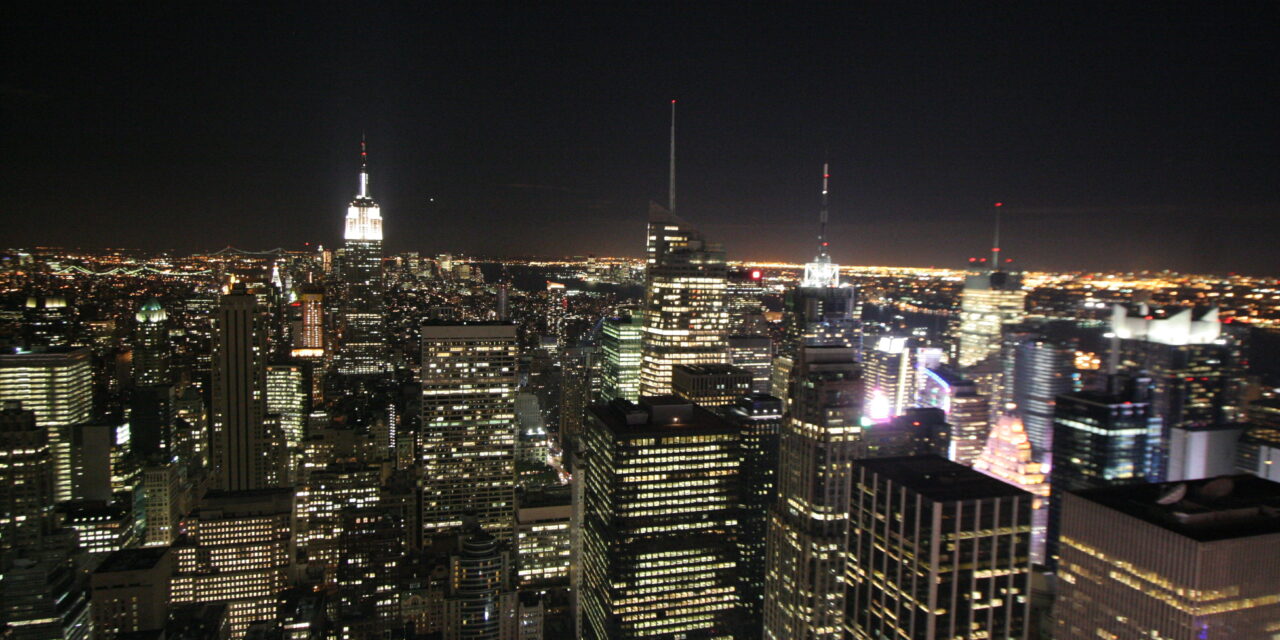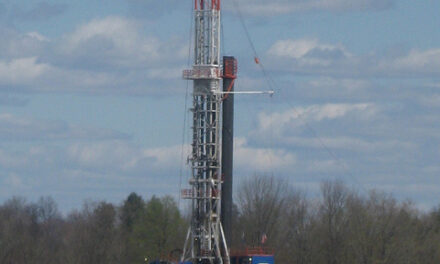Skyscrapers dress polycentric urban landscapes in tone and meter, such that the real beauty of its skylines is possible only when natural and man-made elements combine in proper order. Designing the aesthetic symbols of economic strength and modernity are often the result of national socioeconomic restructuring: In New York City, President Theodore Roosevelt’s New Deal gave rise to urban America with the uproot of Empire State and Chrysler buildings; in Beirut, post-civil economic recovery signaled a high rise gold rush that fortified its Mediterranean coastline; and in Dubai, abundance of natural resources such as oil and gas erected the world’s tallest buildings from sandy grounds. High-rise construction trails after the growth of urban populations, and in spite of any economic recession, grows in scale without receding in importance.
The Almanac of Architecture and Design published its annual Skyscraper Cities Ranking List, with a list of the world’s best skylines; Hong Kong, New York City, Shanghai, Tokyo, Dubai, and more global hotspots. One category criteria is height; city score equals the sum of all building structural height (in meters) after subtraction of the minimum of 90m (295 feet), for each building. Another credential is “Impressiveness,” or skyline breadth—the “wow” factor. Both determine the status quote for tall buildings, setting the precedence for the
greatest cityscapes.

Brooklyn Bridge and the construction of the Freedom Tower, World Trade Center, New York City, photo credit Eric Joseph Reitmeyer
John Mullin, an urban planner at the University of Massachusetts at Amherst, views tall ornaments as statements of power. “We build tall buildings because it has to do with symbolism—the bigger the building, the more prosperous the community,” he says, alarmingly, extending his concerns for security and terrorism after 9/11. “I don’t think cities like New York need any symbols now to prove their might,” he adds, warning that terrorists will find justification in destroying them. In place of the collapsed World Trade Center, in Lower Manhattan, a new tower arises, paving way for individuals to experience the site at large, where they can confront the issues of shared calamity, including the erosions of freedom made in the name of freedom, in full utilization of public space.
Some planners favor urban sprawl for reducing the number of obvious targets, but most dislike the idea. Spreading out businesses and residencies horizontally often results in greater foot and car traffic, blocking entryways into the enormous self-supporting artificial construct. To solve problems of congestion, German civil engineers built a high-speed freeway around its low-rise sprawling cities. Dutch urban planners designed widened bike lanes and defunct Soviet leaders engineered efficient railways.
In any case, expressions of disappointment jostle with varying degrees of enjoyment. The push for high-rises is at a standstill as the currency crisis bubbles away in Europe. Since Britain’s economy is sustained by historically low interest rates, building large construction projects pose a risky investment. Britain also imposes restrictive planning rules backed by the powerful heritage lobby that often results in construction delays. Public spending cuts add on risk, leaving investors reluctant to dip into their bank accounts.
Yet market confidence is restored in the Middle East and Asia. Taking advantage of less transparency and transaction fluidity, investors pay cash up front. “We will see more growth in Asian countries,” notes Kaiver Rangwala, an urban planner at Rangwala Associates in California. Speaking fondly of the relationship between tower compositions and skyline topographies, he ranks high-rises on their context; building position and function, and transit access. With endless study of tower clusters at the street level, Rangwala prefers functionality—a space of reflection and transaction on the midst of the city bustle—rather than freestanding décor. After mentioning some of tallest buildings in Taiwan and China, without forgetting to list mega-scale structures in the United Arab Emirates, he poses two questions on fossil-fueled urban trends: “How do we keep the lights on in these new buildings?” and “How do we retrofit aging towers for new users?”
Ron Klemencic, Chairman of the Council on Tall Buildings and Urban Habitat, leaves room for criticism. “We’re still going to need to go up. Our chosen way of life demands it,” he says. Increasingly, as cities struggle to accommodate demands for available places to play, entertain and flirt, and reminisce the past while enjoying the present, the ability for sound iconic footprints to organize urban life will bear new symbolic weight, changing environmental narratives and shifting visual consciousness.
Full article featured in RagMag August 2012
[issuu width=420 height=281 pageNumber=16 backgroundColor=%23222222 documentId=120928084716-16a0fe44b237487fa650053f02fdaeeb name=ragmag_august username=ragmag tag=andrew%20gross unit=px v=2]







